How to Stay Hydrated: Tips for Daily Water Intake

Imagine you’re a plant wilting in the hot sun, your leaves drooping and your stem bending. Now picture someone pouring cool, refreshing water onto your roots. Suddenly, you perk up, your leaves reach for the sky, and you feel alive again! That’s exactly what proper hydration does for your body.

Just like plants need water to thrive, your body needs water to function at its best. But let’s face it – drinking enough water every day can be a challenge. Between classes, homework, and hanging out with friends, it’s easy to forget to grab a glass of water. But don’t worry! This article will give you some awesome tips to help you stay hydrated and feeling great all day long.
Before we dive into the tips, let’s talk about why water is so important. Your body is made up of about 60% water. That’s right – more than half of you is H2O! Water helps your body do all sorts of important things, like:
- Keeping your body temperature just right
- Helping your brain work properly
- Carrying nutrients to your cells
- Flushing out waste and toxins
- Keeping your joints lubricated so you can move easily
Now that you know why water is so crucial, let’s explore some easy ways to make sure you’re getting enough of it every day.
Tips for Staying Hydrated

Start Your Day with a Glass of Water
Imagine your body is like a car that’s been parked all night. When you wake up, you need to give it some fuel to get going. Water is that fuel! Keep a glass of water by your bed and drink it as soon as you wake up. This simple habit will kickstart your hydration for the day and help you feel more alert.

Carry a Reusable Water Bottle
Think of a water bottle as your personal hydration sidekick. Get a cool, reusable water bottle that you love and take it everywhere with you. Having water within reach makes it much easier to sip throughout the day. Plus, you’ll be helping the environment by not using disposable plastic bottles!
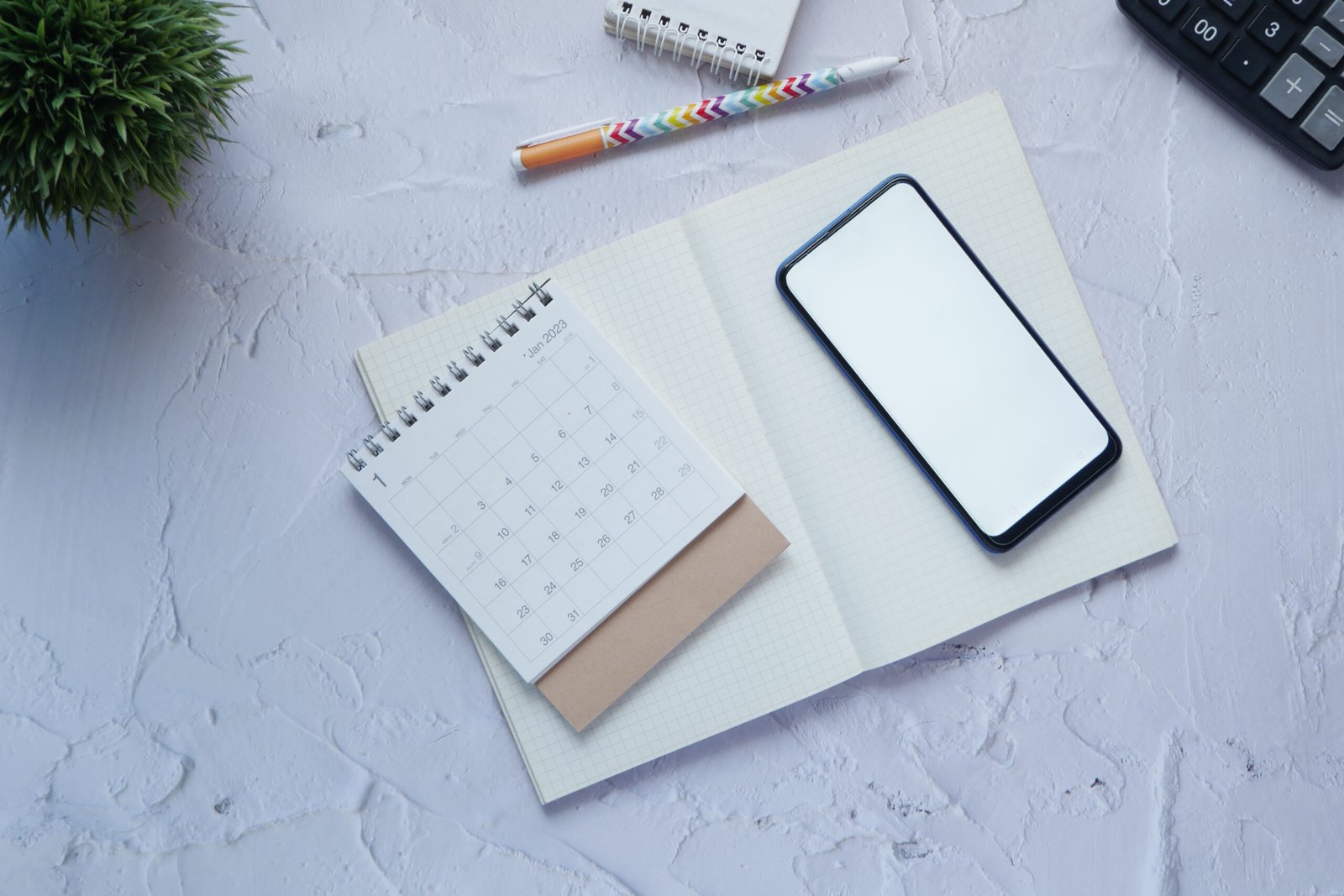
Set Reminders on Your Phone
Let’s face it – sometimes we all need a little nudge. Use your phone to set reminders throughout the day to drink water. You can use fun alert sounds or even download a hydration app that tracks your water intake and sends you reminders.

Eat Water-Rich Foods
Did you know you can eat your water too? Many fruits and vegetables have high water content and can contribute to your daily hydration. Some top picks include:
- Watermelon (it’s right there in the name!)
- Cucumbers
- Strawberries
- Lettuce
- Tomatoes
- Celery
Snacking on these foods is like giving your body a little water boost.

Flavor Your Water
If plain water isn’t your thing, don’t worry! You can make it more exciting by adding natural flavors. Try:
Slices of lemon, lime, or orange- Cucumber slices and mint leaves
- Frozen berries
- A splash of 100% fruit juice
Experimenting with different flavor combinations can make drinking water feel like a treat.

Use a Straw
It might sound silly, but drinking through a straw can actually help you drink more water. It’s easier to take bigger sips, and for some reason, it just makes drinking more fun. Try using a reusable straw to keep things eco-friendly.
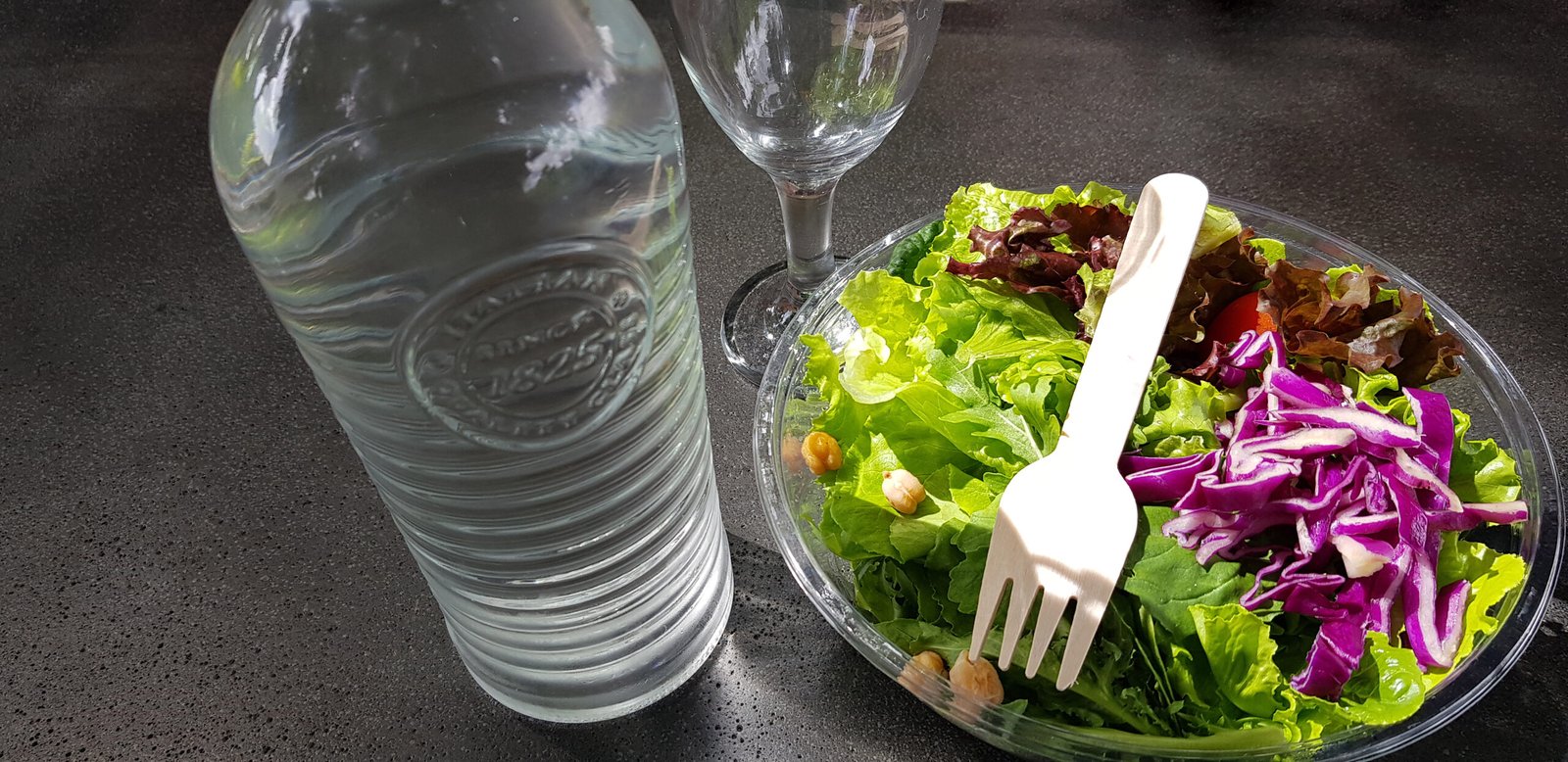
Drink a Glass of Water Before Each Meal
Make it a habit to drink a glass of water before breakfast, lunch, and dinner. Not only will this help you stay hydrated, but it can also help you feel fuller and prevent overeating.

Create a Water Drinking Game
Turn hydration into a fun challenge! Set goals for yourself, like drinking a full water bottle before each class period. You can even get your friends involved and see who can meet their water goals each day. The winner gets bragging rights (and great hydration, of course).

Eat Spicy Foods
Spicy foods can make you thirsty, which can remind you to drink more water. Just don’t go overboard – you don’t want to set your mouth on fire!

Drink Water When You’re Hungry
Sometimes when you think you’re hungry, you’re actually just thirsty. The next time you feel hungry between meals, try drinking a glass of water first. Wait a few minutes and see if you still feel hungry.

Use Marked Water Bottles
Some water bottles have markings that show how much you should drink by certain times of the day. These can be a great visual reminder to keep sipping throughout the day.

Drink Water After Using the Bathroom
Every time you use the bathroom, make it a habit to drink a small glass of water afterward. This helps replace the fluids you’ve lost and keeps you in a good hydration rhythm.
The Benefits of Staying Hydrated
Now that you know how to stay hydrated, let’s talk about why it’s so awesome for your body and mind.

Better Brain Power
Your brain is like a super-computer, and it needs water to run smoothly. When you’re well-hydrated, you can think more clearly, focus better in class, and even have a better memory. So the next time you’re studying for a big test, make sure you’ve got your water bottle handy!

More Energy
Feeling tired and sluggish? Before you reach for an energy drink, try drinking some water. Dehydration can make you feel fatigued, but proper hydration can give you a natural energy boost. It’s like giving your body’s batteries a recharge.

Healthier Skin
Want that natural glow? Water is nature’s best beauty treatment. It helps keep your skin moisturized, reduces puffiness, and can even help prevent acne. Think of water as your skin’s best friend.

Better Mood
Believe it or not, not drinking enough water can make you grumpy. Staying hydrated can help balance your mood and emotions. So if you’re feeling a bit cranky, try sipping some water – it might just turn that frown upside down!

Improved Physical Performance
Whether you’re running laps in P.E. or playing sports after school, staying hydrated can help you perform better. Water helps regulate your body temperature, reduces fatigue, and makes exercise feel easier. It’s like your body’s natural sports drink!

Better Digestion
Water helps your digestive system run smoothly. It can prevent constipation and help your body absorb nutrients from the food you eat. Think of it as keeping your internal plumbing in good working order.

Fewer Headaches
Dehydration is a common cause of headaches. By staying well-hydrated, you might be able to prevent some of those pesky headaches that can ruin your day.

Stronger Immune System
Drinking enough water can help your body fight off illnesses. It helps your blood carry oxygen to your cells, which keeps your systems functioning properly. Consider water as part of your armor against germs!

Better Joint Health
Your joints need water to stay lubricated. This is especially important if you play sports or exercise a lot. Proper hydration can help prevent joint pain and make movement easier.

Weight Management
Sometimes we confuse thirst with hunger. By staying hydrated, you can avoid unnecessary snacking and better manage your weight. Plus, choosing water over sugary drinks can cut a lot of extra calories from your diet.
How Much Water Do You Need?
You’ve probably heard that you should drink eight glasses of water a day. While that’s a good general rule, the truth is that everyone’s needs are a bit different. Your water needs depend on things like:
- Your age and size
- How active you are
- The climate you live in
- Your overall health
A good rule of thumb is to drink enough so that you rarely feel thirsty and your urine is light yellow or clear. If your pee is dark yellow, that’s a sign you need to drink more water!

Signs of Dehydration
It’s important to recognize the signs that your body needs more water. Watch out for:
- Feeling very thirsty
- Dry mouth
- Feeling tired or dizzy
- Headache
- Dark yellow urine
- Dry skin
- Feeling irritable

If you notice these signs, it’s time to grab your water bottle and start sipping!
Conclusion: Make Hydration a Habit
Staying hydrated isn’t just about avoiding thirst – it’s about giving your body what it needs to function at its best. By making hydration a daily habit, you’re setting yourself up for better health, more energy, and improved performance in everything you do.
Remember, small changes can make a big difference. Start with one or two of the tips from this article and gradually add more as they become habits. Before you know it, you’ll be a hydration hero, feeling great and ready to take on whatever challenges come your way.
So, grab your water bottle, fill it up, and take a big sip. Your body will thank you, and you’ll be amazed at how much better you feel when you’re properly hydrated. Here’s to your health – cheers!



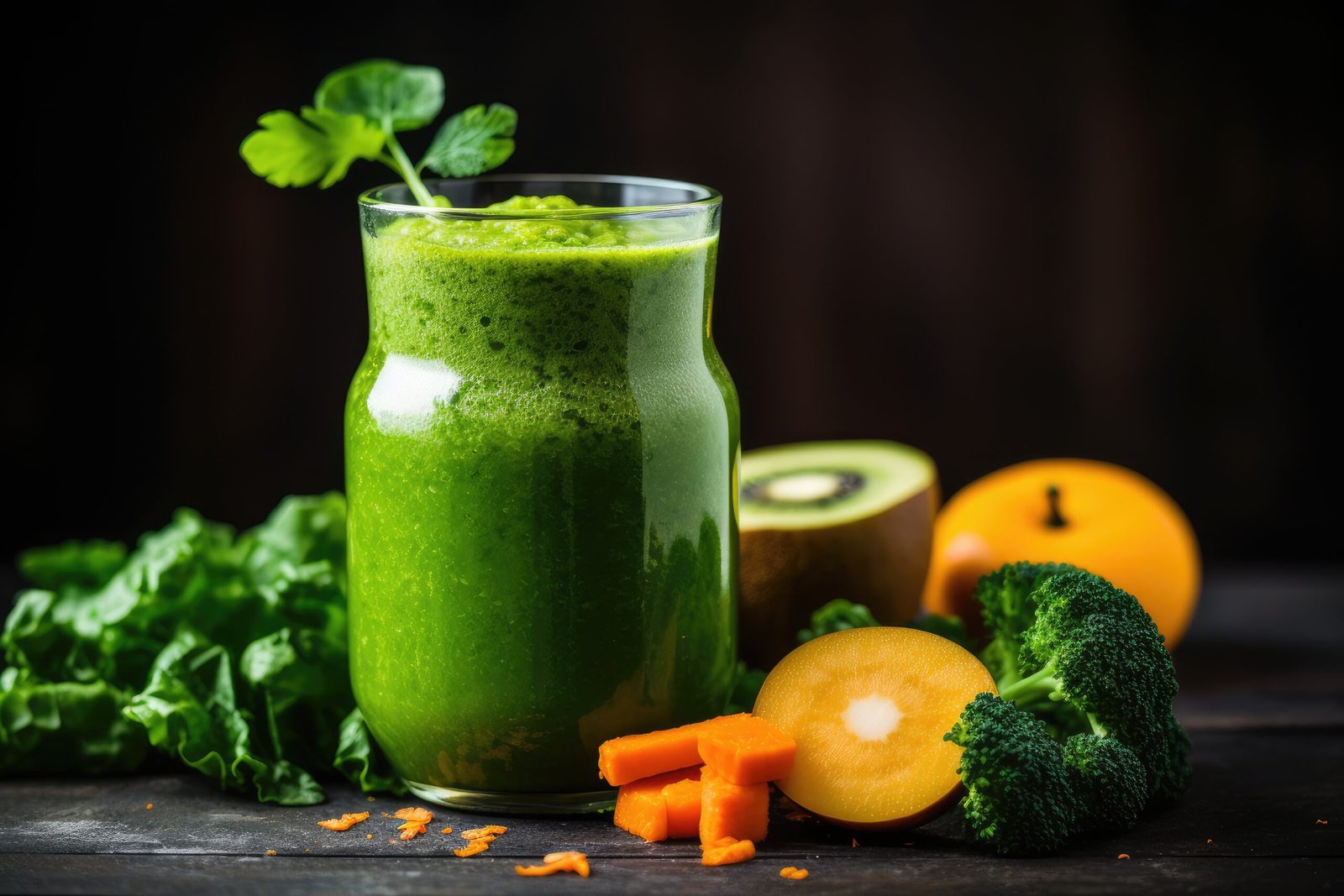


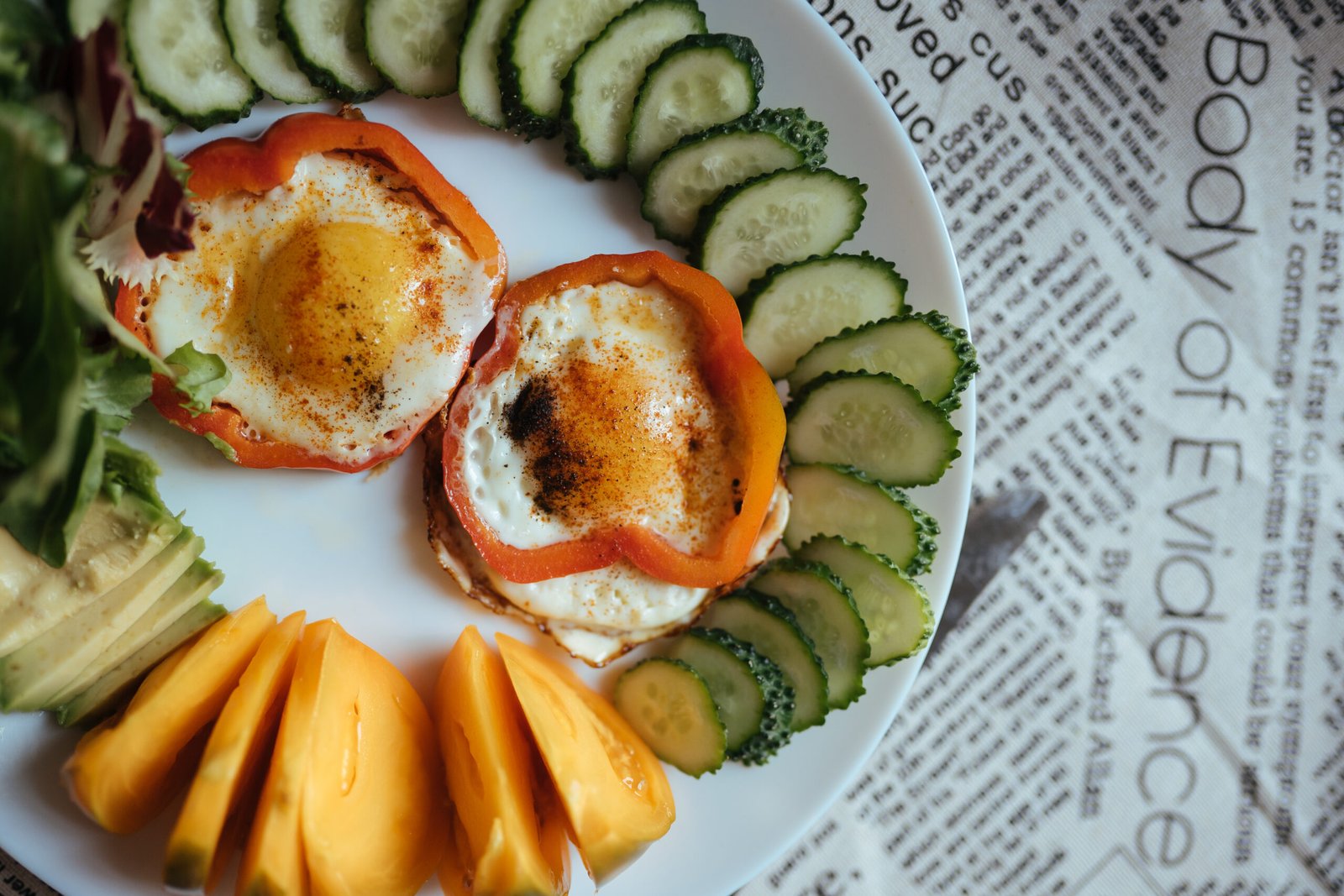





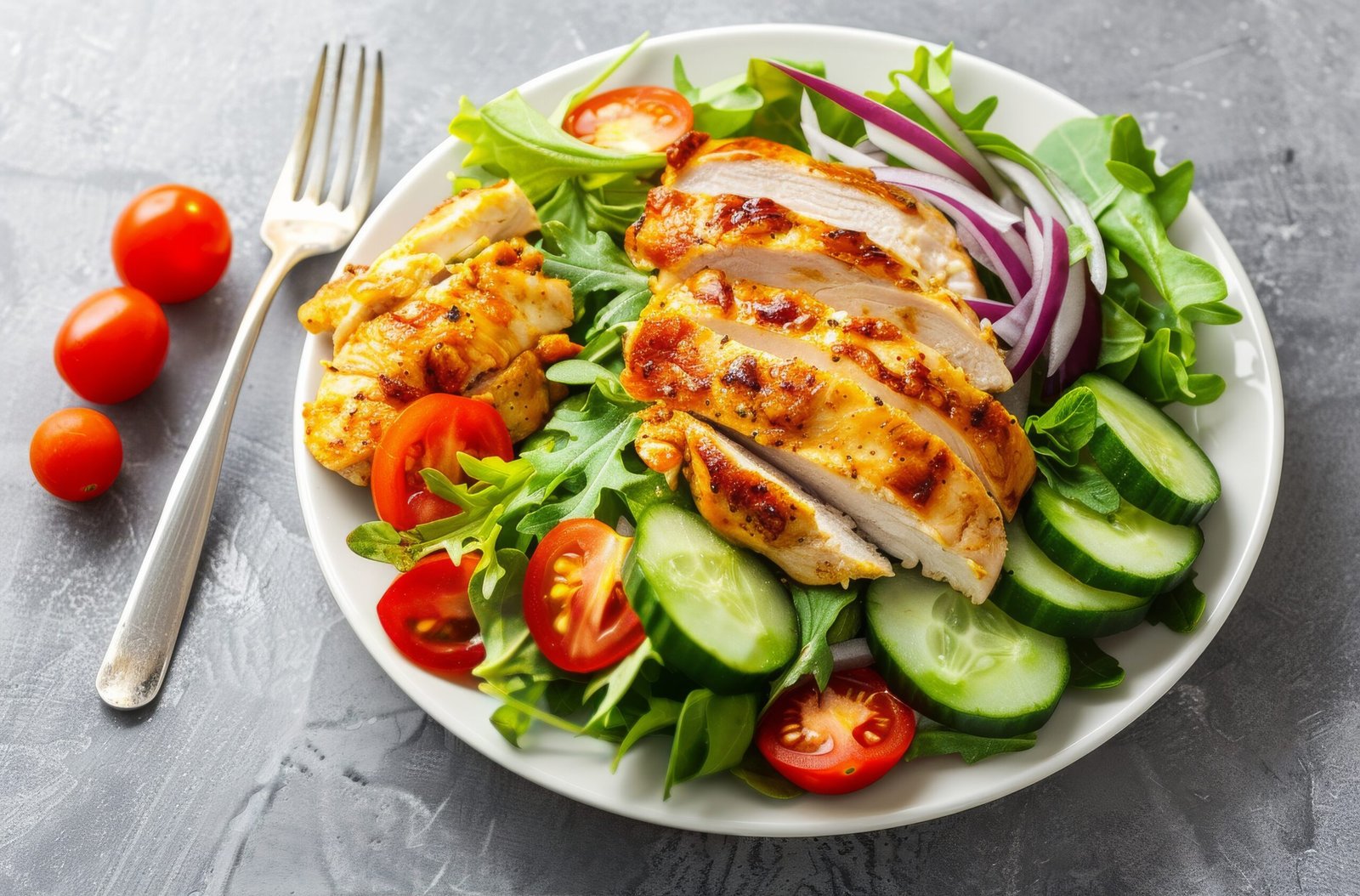






0 Comments